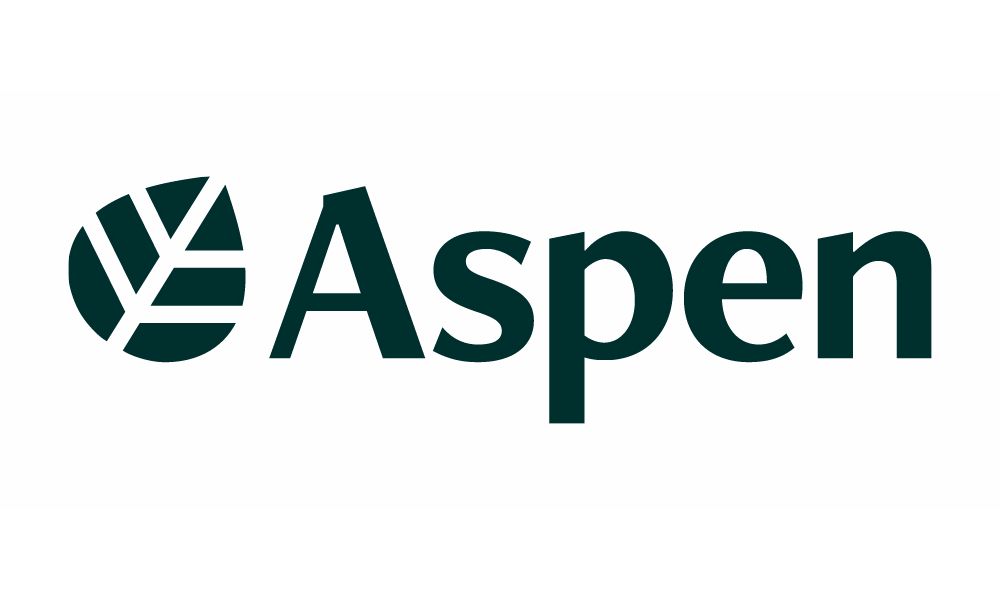Aspen doubles Kendall Re catastrophe bond to secure $300m of retrocession

Aspen has now priced and finalised its latest catastrophe bond issuance, securing $300 million of multi-peril retrocessional reinsurance from the upsized Kendall Re Ltd. (Series 2024-1) transaction.
When Aspen Insurance Holdings returned to the catastrophe bond market with its latest international multi-peril and industry-loss trigger based catastrophe bond, the Kendall Re 2024-1 issuance was targeting just $150 million of coverage for the company.
As we then reported, Aspen’s target doubled, with the notes to be offered by Kendall Re structured to allow for a size between $225 million and as much as $375 million of retrocessional reinsurance, but a maximum issuance size of $300 million being sought.
At the same time, in a less typical occurrence for the catastrophe bond market of late, the price guidance was raised to above the initial ranges for both of the tranches of notes that were on offer.
Now, we’re told that the doubling in size of the Kendall Re 2024-1 catastrophe bond has been secured for Aspen and that the notes have priced above the initial guidance, although towards the lower ends of the revised and higher ranges.
Now finalised, the Kendall Re 2024-1 catastrophe bond issuance will provide Aspen with a $300 million three year source of fully-collateralized retrocessional reinsurance from the capital markets, to cover its Bermuda unit, its Lloyd’s syndicate 4711, its UK underwriting company and two US underwriting units.
The cat bond notes will protect Aspen against losses from US named storms, including Puerto Rico, the US Virgin Islands and DC, as well as US and Canada earthquake, plus European windstorms on a weighted (state/county/Cresta) industry loss and annual aggregate basis, with a franchise deductible of $30 million to take into account per-event.
What was originally a $75 million tranche of Class A notes have now tripled in size to be finalised to provide $225 million in protection, we understand.
These Class A notes come with an initial expected loss of 1.04% and were initially offered with price guidance in a range from 4.5% to 5.25%, but that range was increased to between 5.75% and 6.5% and we’re now told the notes have priced to pay investors a spread of 6.25%.
What was originally a $75 million Class B tranche of notes, the riskier layer, have remained at that size, we are now told.
The Class B notes have an initial expected loss of 2.54% and were first offered with price guidance in a range from 6% to 6.75%, which was later elevated to 7.75% to 8.5%, and we’re now told have priced at the low-end of that raised guidance, to pay investors a spread of 7.75%.
As we previously explained, sources told us that the price increase was at least in part in response to the US wind concentration within the exposure of the cat bond, being more significant than Aspen’s last Kendall Re cat bond.
For comparison, the Class A notes from the Kendall Re 2021-1 cat bond had an initial expected loss of 1.61% and priced for a spread of 4%, while the Class B notes had an initial expected loss of 3.32% and priced for a spread of 6.25%.
It’s encouraging to see Aspen responding positively to the price increase, by still doubling the size of its latest cat bond, to secure a full replacement for the $300 million of protection that expires with the maturing of its Kendall Re 2021 cat bond.
You can read all about Aspen’s new Kendall Re Ltd. (Series 2024-1) catastrophe bond and every other cat bond issued in the Artemis Deal Directory.






